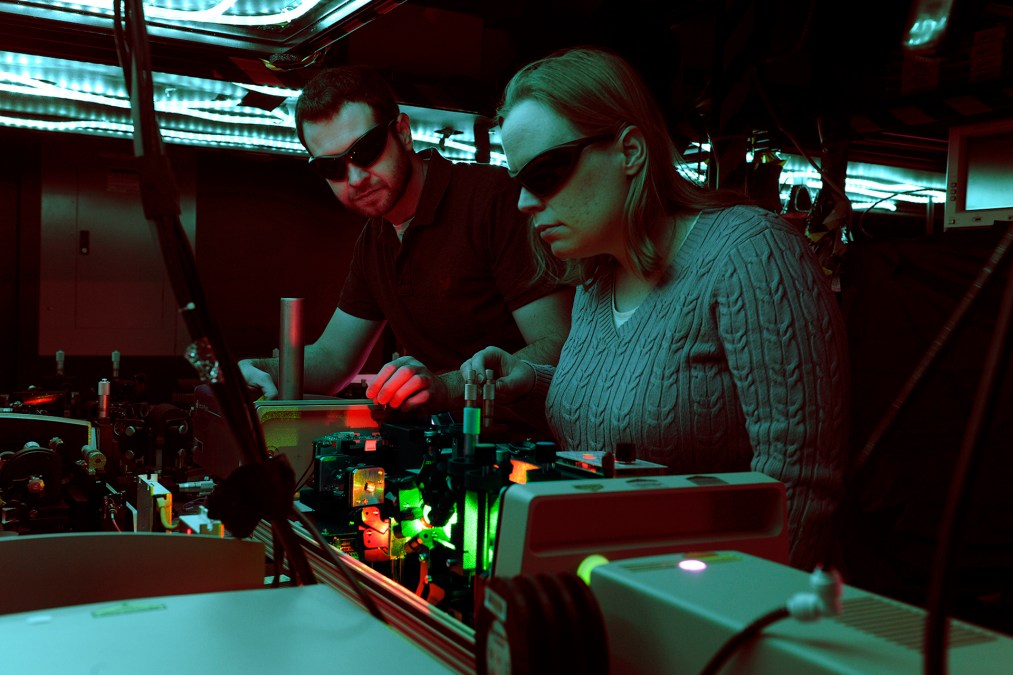Pentagon pares down list of critical emerging technology areas

The Defense Department’s CTO has revised its list of critical technology areas — reducing the number of research-and-development priorities by more than half.
The Pentagon announced on Monday that the 14 critical technology areas established during the Biden administration will be trimmed to just six categories. In a video shared on LinkedIn, Undersecretary of Defense for Research and Engineering Emil Michael emphasized that the shortened list will steer the department’s efforts to efficiently deliver the emerging capabilities that warfighters need.
“When I stepped into this role, our office had identified 14 critical technology areas. While each of these areas holds value, such a broad list dilutes focus and fails to highlight the most urgent needs of the warfighter. 14 priorities, in truth, means no priorities at all,” Michael said Monday in a statement.
The focus areas in the updated catalog include applied artificial intelligence (AAI); biomanufacturing; contested logistics technologies (LOG); quantum and battlefield information dominance (Q-BID); scaled directed energy (SCADE); and scaled hypersonics (SHY).
“These six critical technology areas represent the priorities that will deliver the greatest impact, the fastest results and the most decisive advantage on the battlefield,” Michael said. “These priorities will ensure that our warfighters never face a fair fight.”
Since its creation, the Pentagon’s outline of critical technology areas has included the most pressing challenges and capabilities needed for modern warfare. The list serves as a guide for where the department should focus its investment, research and development efforts.
Michael previously hinted that he intended to revise the list to include fewer categories, noting that having such a large number of critical technology areas negatively impacted priorities and the Pentagon’s ability to field new tools. At the time, he said that his vision was to focus on capabilities that can be delivered rapidly.
All six of the newly defined critical tech areas encompass capabilities that were part of the previous administration’s priorities, and it’s possible that work in some groups left off of the new list could be incorporated into one of those.
For example, the Pentagon’s new applied artificial intelligence technology area could encompass efforts from multiple parts of the previous list — including trusted AI and autonomy; human-machine interfaces; and advanced computing and software. Michael said the new category is closely aligned with President Donald Trump’s AI action plan and will focus on “transforming decision making and overall operational efficiency.”
Past work under future generation wireless technology, integrated network system-of-systems; space tech, and integrated sensing and cyber could also be continued under the new category for quantum and battlefield information dominance. That area will focus on providing warfighters with the ability to move freely around the battlefield, even inside degraded or denied environments, Michael said.
As for the other critical technology areas, Michael noted that biomanufacturing “will harness living systems to enhance resilience and eliminate any potential supply chain vulnerabilities,” while contested logistics technologies will enable the department to operate and resupply in austere environments.
The scaled directed energy and scaled hypersonics categories will focus on accelerating R&D for each novel weapon system, he added.
“These critical technology areas are actionable, tangible solutions to the challenges that our warfighters face today,” Michael said. “They are driven by focused sprints designed to deliver results in the now — not in 15 years.”






